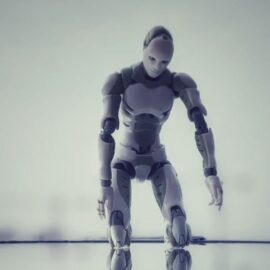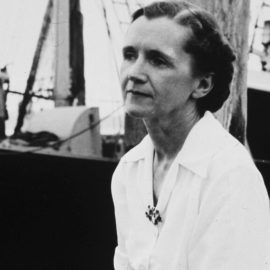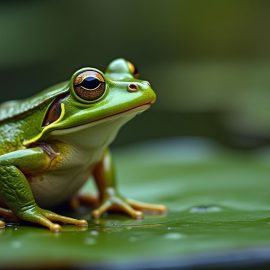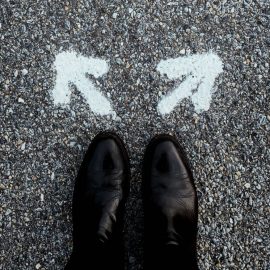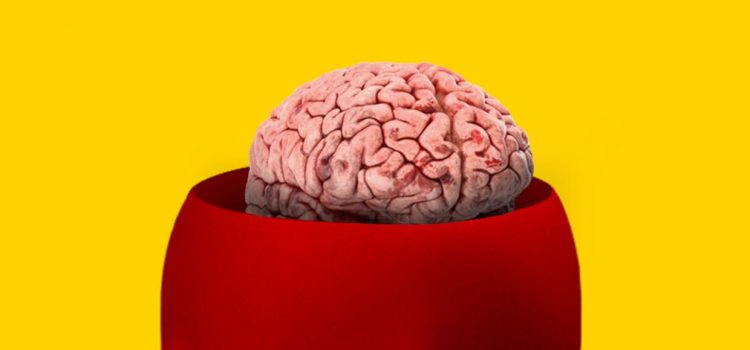
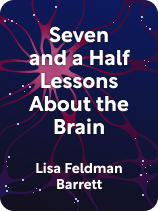
This article is an excerpt from the Shortform book guide to "Seven and a Half Lessons About the Brain" by Lisa Feldman Barrett. Shortform has the world's best summaries and analyses of books you should be reading.
Like this article? Sign up for a free trial here.
How does the human brain work? What is the brain’s most important job?
The brain’s most important job is allostasis, which manages the body’s energy budget. According to Lisa Feldman Barrett in her book Seven and a Half Lessons About the Brain, all other brain functions are secondary.
Keep reading to learn how the human brain works.
How Brains Evolved From Cells
To better understand how allostasis (the brain’s process of energy budgeting) works, it helps to know how it has affected our brain’s evolution and how the human brain works. Primitive organisms evolved to require more energy, so their energy-budgeting cells had to evolve to keep up with their needs.
Barrett explains that, before brains existed, primitive creatures had energy-budgeting cells that kept track of their energy needs. These cells signaled to the rest of the body when it needed to eat (or move to find food), or rest—whichever would preserve its energy best in that moment.
During the Cambrian period (starting about 541 million years ago and lasting for about 56 million years), primitive animals started needing more energy and the process of budgeting energy became more complex, so those energy budgeting cells clustered together to form a brain. Barrett explains that this evolution was due to two main factors that made energy budgeting more challenging:
1. Some primitive creatures began hunting, which meant they now had to hunt for food and escape predators. They began developing more sophisticated senses to detect danger and opportunity and to make decisions that directly impacted their energy budgets, such as whether to move (and expend energy) to try and catch prey (to gain energy) or escape danger.
(Shortform note: Hunting continued to impact our brains well after the Cambrian period. Around 2.6 million years ago, as the populations of large animals dwindled, early humans needed to exercise more skill to catch smaller and more agile prey. (Think about the difference it would make to catch a large and conspicuous mammoth versus a quick-moving hare with primitive tools.) Scientists believe that this change demanded more of human brains, which triggered a period of growth where brains got much larger—possibly to accommodate those new skills.)
2. Primitive creatures began evolving into more complex organisms with more organs and internal systems. The more complex an organism is, the more complex its energy budgeting becomes because each organ and system has specific energy requirements that need to be satisfied.
(Shortform note: In Your Inner Fish, Neil Shubin sheds light on one of the reasons complex organisms have higher energy requirements. Early Precambrian creatures were made of the same type of “glue” (collagen and proteoglycan) that allows human body cells to stick together to build materials and organs. However, more evolved organisms require this glue to be a mix of molecules that differs depending on the organ it’s forming—for instance, a bone versus an eye. Without the molecule mix attaching cells to each other, bodies couldn’t be formed. This requires more energy in order to create the right “glue” and assign it to the right body part or system.)
Allostasis Impacts Your Sensory Experience
Another thing you need to know about how the human brain works is through allostasis. Barrett says that your own sophisticated sensations and movements are also the result of your brain performing allostasis. Your sensory experience is actually a combination of external data from your environment and internal data from inside your body. Your brain then combines this information with memories of similar situations to motivate you to make a change that helps manage the body’s energy budget.
For example, your brain senses heat from the sun on your skin (an external sensation) and a rise in your body temperature (an internal sensation), and it tells your body to produce sweat to regulate your temperature. Your brain has to make millions of reactions like these all day, and it has to do them efficiently to stay alive. If you spend too much time in the sun without drinking water and cooling your skin with sweat, you could die. So, Barrett argues, the pressure is on for your brain to make the right call quickly.
Barrett explains that this is where the third source of information comes into play: the brain’s memories of what you’ve done before when you encountered similar information. Before it fully processes the external and internal information it receives, it searches its memory for previous situations where the environment and your body felt similarly. It recalls what it did in that situation and triggers an action for today. This allows your brain to be one step ahead and make decisions quickly and efficiently.
All of this happens before the brain has time to contrast the real sensory data with the experience it created for you. Barrett says this is why you feel less thirsty immediately after drinking water, even though that water won’t reach your bloodstream until 20 minutes later. Your brain knows you’ll be satisfied in a little while, so it creates the experience of quenched thirst.

———End of Preview———
Like what you just read? Read the rest of the world's best book summary and analysis of Lisa Feldman Barrett's "Seven and a Half Lessons About the Brain" at Shortform.
Here's what you'll find in our full Seven and a Half Lessons About the Brain summary:
- How the human brain develops and operates
- Why the brain isn't organized in the way you thought it was
- How brains collaborate with one another


